|
It's February. Love is in the air, and I'm feeling very chill in all meanings of the word. What better way to heat things up a bit than a hot drink and one of the more romantic herbs...rose.
This Rose Hibiscus Latte makes even the gloomiest of days feel just a little bit more special. I highly recommend pairing it with a quilt and a cuddle. Rose Hibiscus Latte Ingredients: 1/3 cup water 1/2 tsp rose water 1 Tbsp fresh ginger (diced) 1 stick cinnamon 1 Tbsp hibiscus petals 1 cup steamed milk (I used oat milk) sweetener of choice cinnamon powder, rose petals (garnish) Method: 1. Bring the first 5 ingredients to a boil in a small pan. Immediately take off the heat, cover, and steep for 5 minutes. 2. Strain into your mug. Compost the herbs. 3. Add the steamed milk to the herbal infusion. I frothed the milk first, but this is optional. 4. Sweeten as desired. I recommend maple syrup as it pairs well with the rose. 5. Garnish with edible rose petals and a sprinkle of cinnamon powder. Enjoy!
1 Comment
If I were to put all my loves in order of preference, chocolate truffles and herbal concoctions would be very, very high on the list. Herbal infused chocolate truffles?! I can't even count that high on the preference list! My husband is also a personal favourite of mine. I'd put him right up there with the truffles...a solid third place, for sure! I jest, of course, but all three together at once definitely calls for a celebration. These truffles are not just your basic, run of the mill chocolate delicacies. The base of cream and quality chocolate, dipped in a shell of more chocolate is what makes truffles so sinfully delicious - the texture is out of this world. There's the snap of chocolate shell, then the soft richness of the ganache that melts in your mouth and teases your taste buds. Herbal infused...now there's the next level up. I used damiana, rose, ginger, and juniper berries. You can find rose and damiana in my shop. Why these herbs? My aim was a truffle perfect for Valentine's Day. Damiana and rose rank quite high on the list for aphrodisiac herbs. Historically, damiana was first used in Mexico by women, who drank it as a tea before lovemaking, and by the Mayans and Aztecs as a sexual stimulant. It has since been used as an aphrodisiac for men and women. Rose is a well known romancing flower, of which bouquets are given between lovers at Valentine's Day, anniversaries, birthdays, and 'Please forgive me!' days. Therapeutically, though, it is not only thought to promote feelings of relaxation and desire, it is also used for male reproductive health by herbalists. Its soft, subtle flavour complements the earthy, slightly bitter taste of damiana very well. Ginger is added partly for taste, but also for its reputation as an aphrodisiac. It is not as well known for this purpose as damiana and rose, but its scent and effect on the circulatory system place it on the 'must have' herb list. Juniper, though not strictly an aphrodisiac, is beneficial to the urinary tract, and adds a pleasant taste to the mix. Making the truffles will take very little actual work, but there is a certain amount of down time when you'll need to infuse, cool, freeze, etc. A quiet evening at home is the perfect opportunity. Lovers' Rose and Damiana Truffles 20 oz dark chocolate, chopped finely. I used 65%, but feel free to use darker/lighter as per taste 250 ml heavy cream 1 Tbsp grated ginger .5 oz damiana herb .5 oz rose petals from a reputable source. Flowers from florists are usually sprayed. 1 Tbsp juniper berries Need an herb? Visit my shop!  Method: 1. Place the herbs and cream in a small pot. It will seem like there is too much herb and too little cream, but trust the process! Adjust the heat to medium-high. As soon as the cream begins to boil, remove the pot from the heat, cover, and allow to infuse for 15 minutes. 2. While the herbs are infusing, finely chop the chocolate. Place 8 oz of chocolate into a medium sized heat proof bowl. After the 15 minutes are up, strain the cream through a fine sieve, and pour it into the chocolate. Press the herbs well to get every bit of cream out, but be quick about it...the cream needs to be hot when poured into the chocolate. Compost the herbs. 3. Mix the chocolate and cream well until the chocolate is completely melted. Once smooth, put it into the freezer. Check on it every 10 minutes, stirring to keep it evenly hard. When the chocolate has hardened enough that you can roll it into little balls, its ready. 4. For this step you may want to keep a bowl of ice water and a towel handy. Cold hands will make this process much easier as your body heat will melt the ganache very quickly. Roll the chocolate into uniform 1 inch balls and place them on a cold plate or baking sheet. Return them to the refrigerator to set (about 20 minutes). 5. While the balls are setting, prepare to melt the remaining chocolate in a double boiler. If you don't have one, it's very easy to DIY. Place the chocolate in a heatproof bowl over a small pot of water in which you've added a couple inches of water. Bring the water to a simmer. The heat from the boiling water will warm the bowl enough to melt the chocolate without the risk of burning it. In the meantime, melt the remaining chocolate in a small double-boiler. 6. Take the chocolate balls from the refrigerator and reshape them if needed. With a toothpick or fork, dip the balls one by one into the melted chocolate. Do so quickly so as not to let them melt. Let the excess chocolate drip off and place the covered truffle onto a cold plate. 7. While the chocolate is still warm, sprinkle the truffle with crumpled rose petals or icing sugar. Allow to set. 8. These are best kept in the fridge. Enjoy This recipe was adapted from Urban Moonshine's webpage. As tasty and fun as these truffles are to make (and eat!), they are to be eaten as a treat. Although tradition and herbal studies have labeled these herbs as 'romance' herbs, each situation is different and should be evaluated by a professional well educated in such matters. It is possible to be allergic to any type of food. Be mindful of your own tolerances. It must be said that this recipe is not intended to diagnose, treat or otherwise be seen as a remedy. Please consult your health care provider or herbalist for health issues and health advice. |
Emilie
Clinical herbalist. Mother. Teacher. Ever student. Archives
February 2022
Categories
All
|

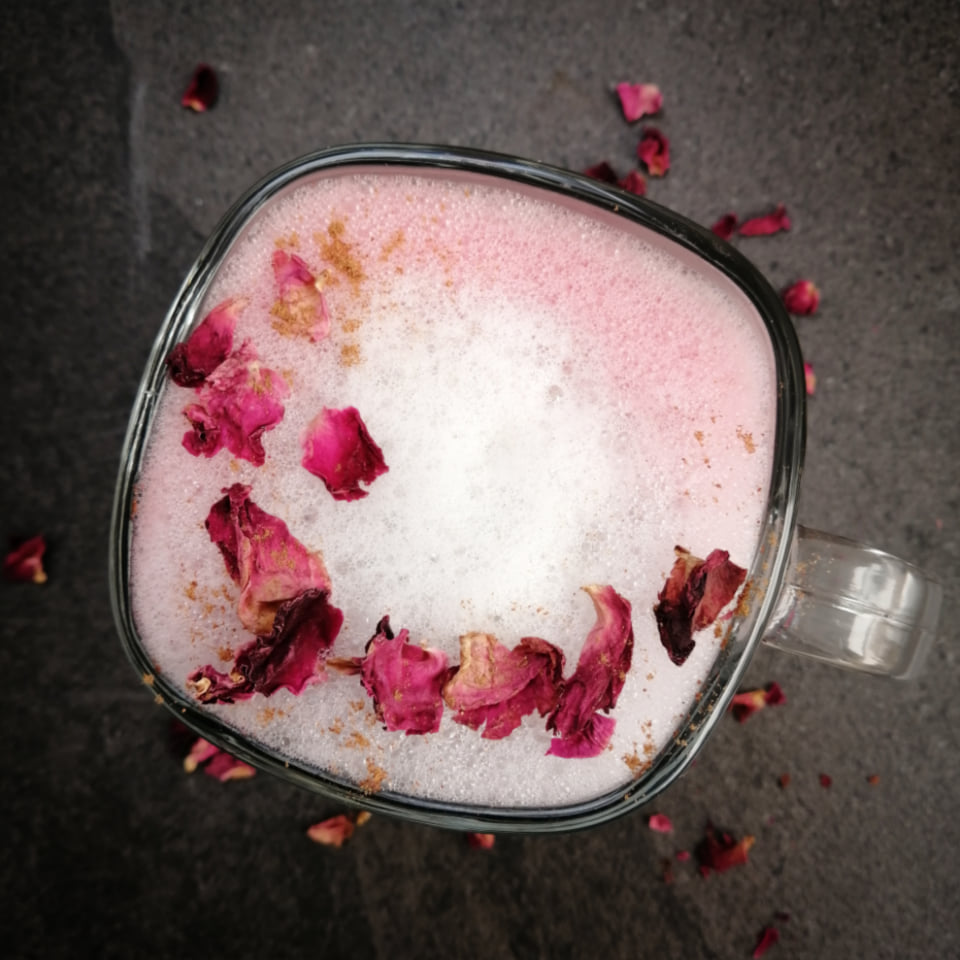
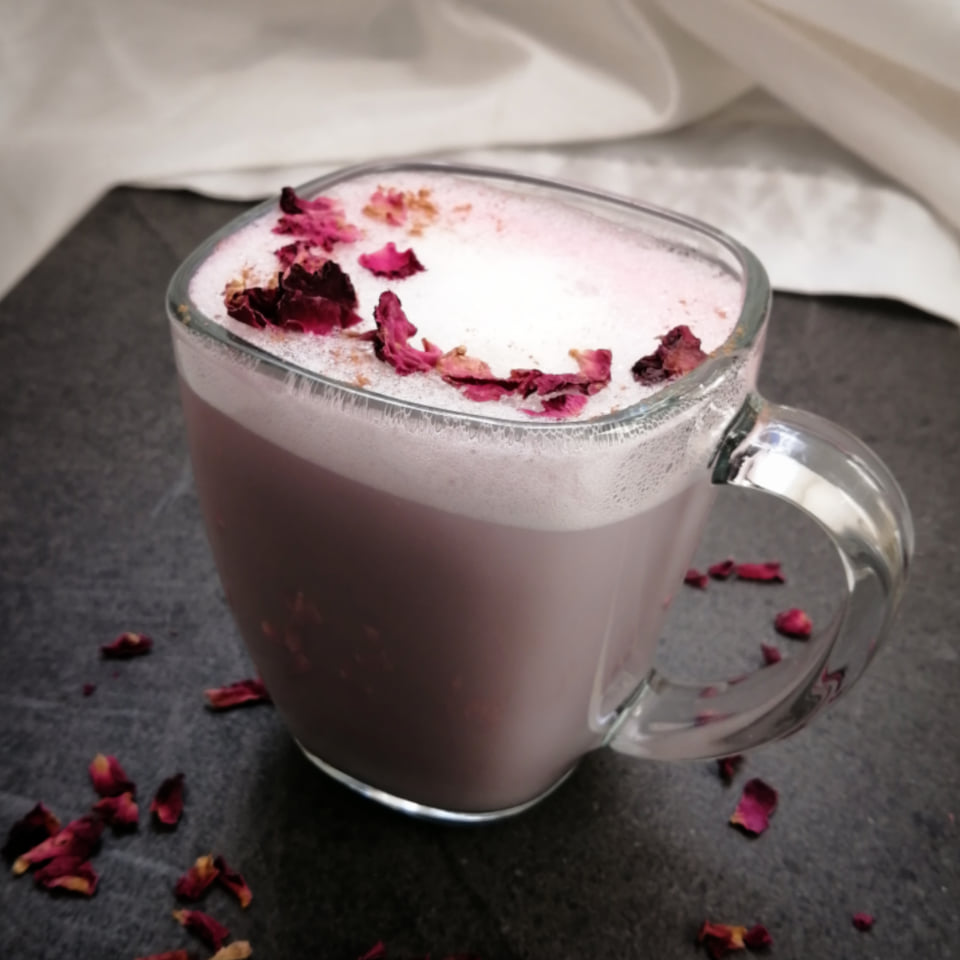

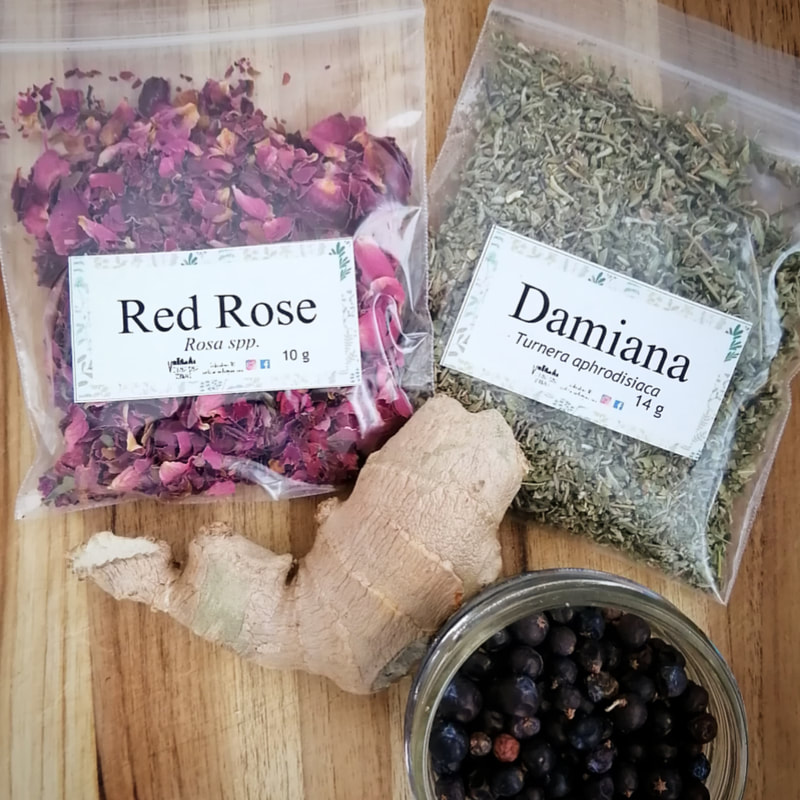
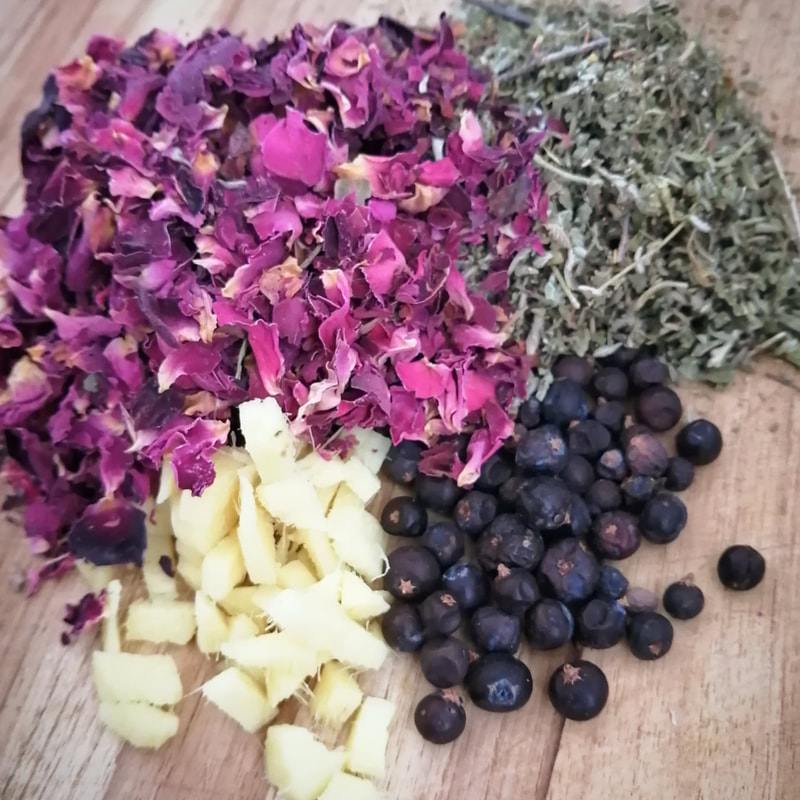
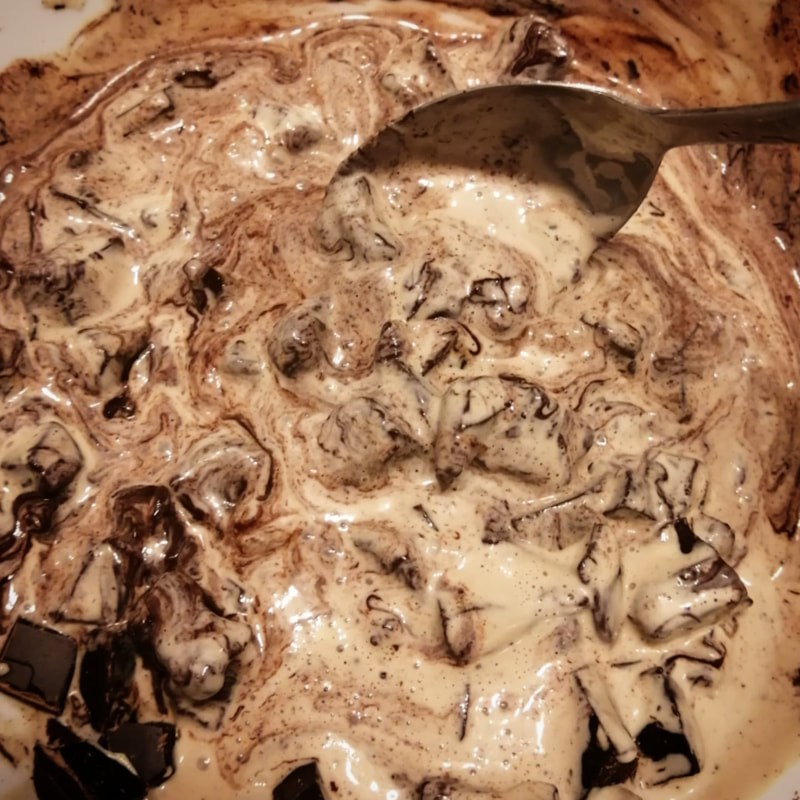
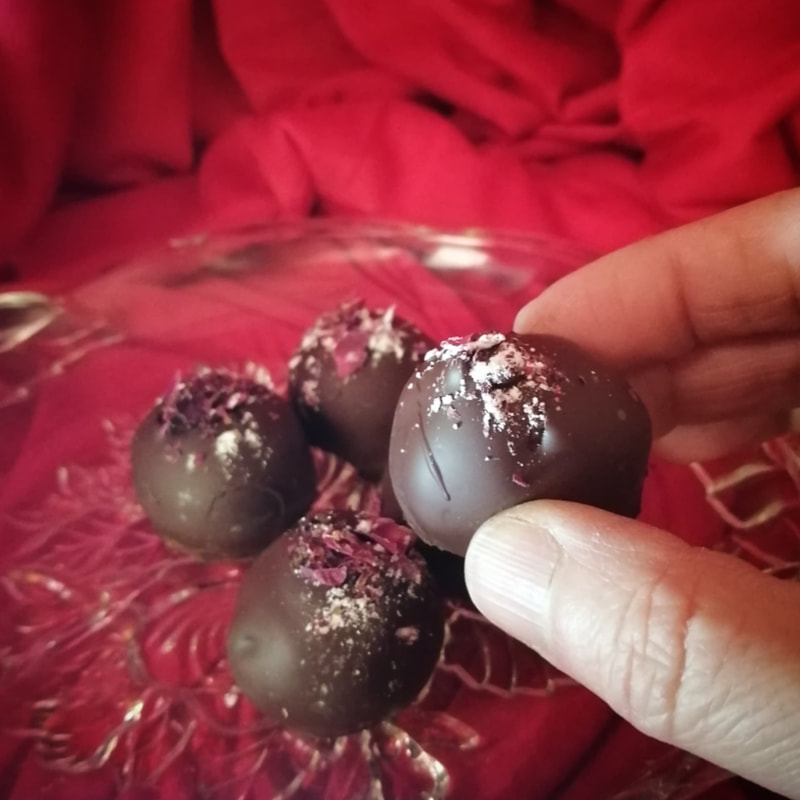
 RSS Feed
RSS Feed